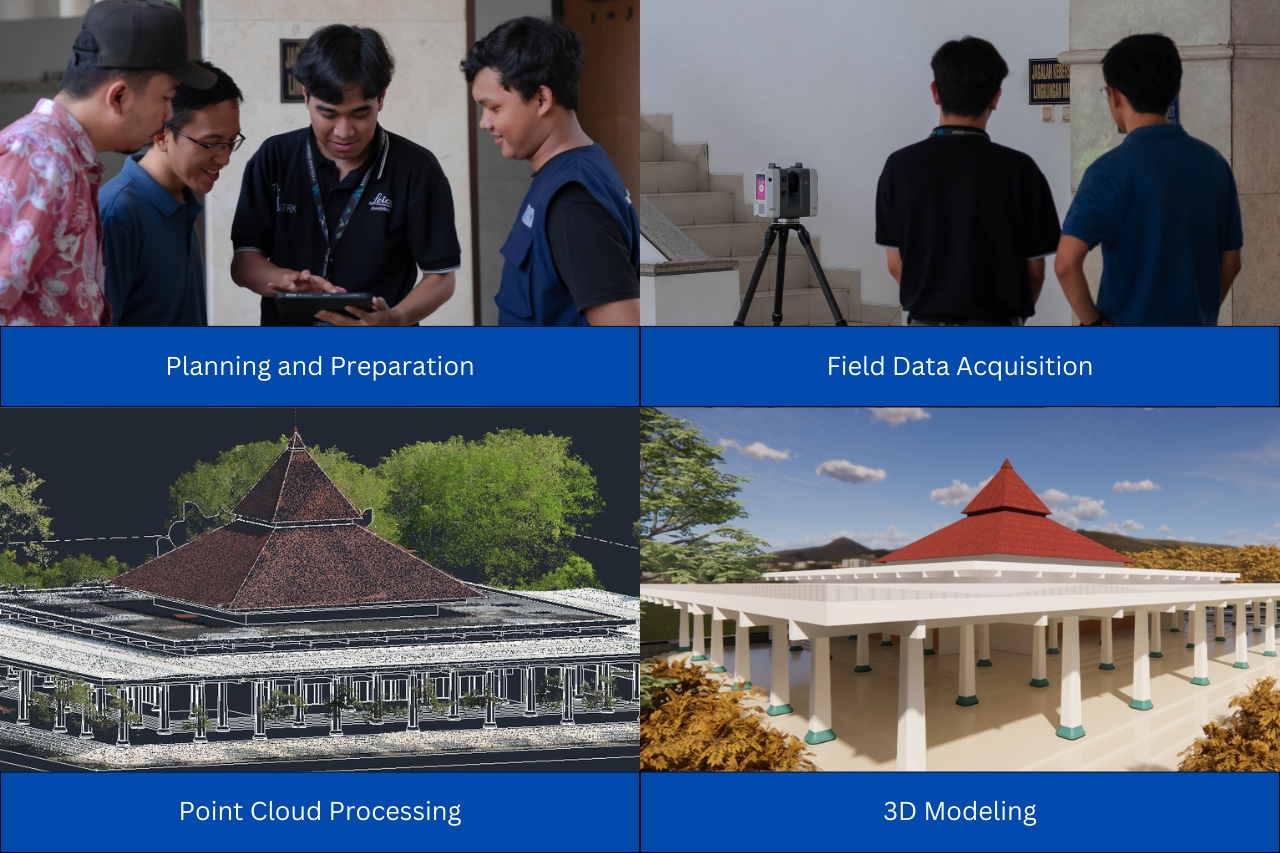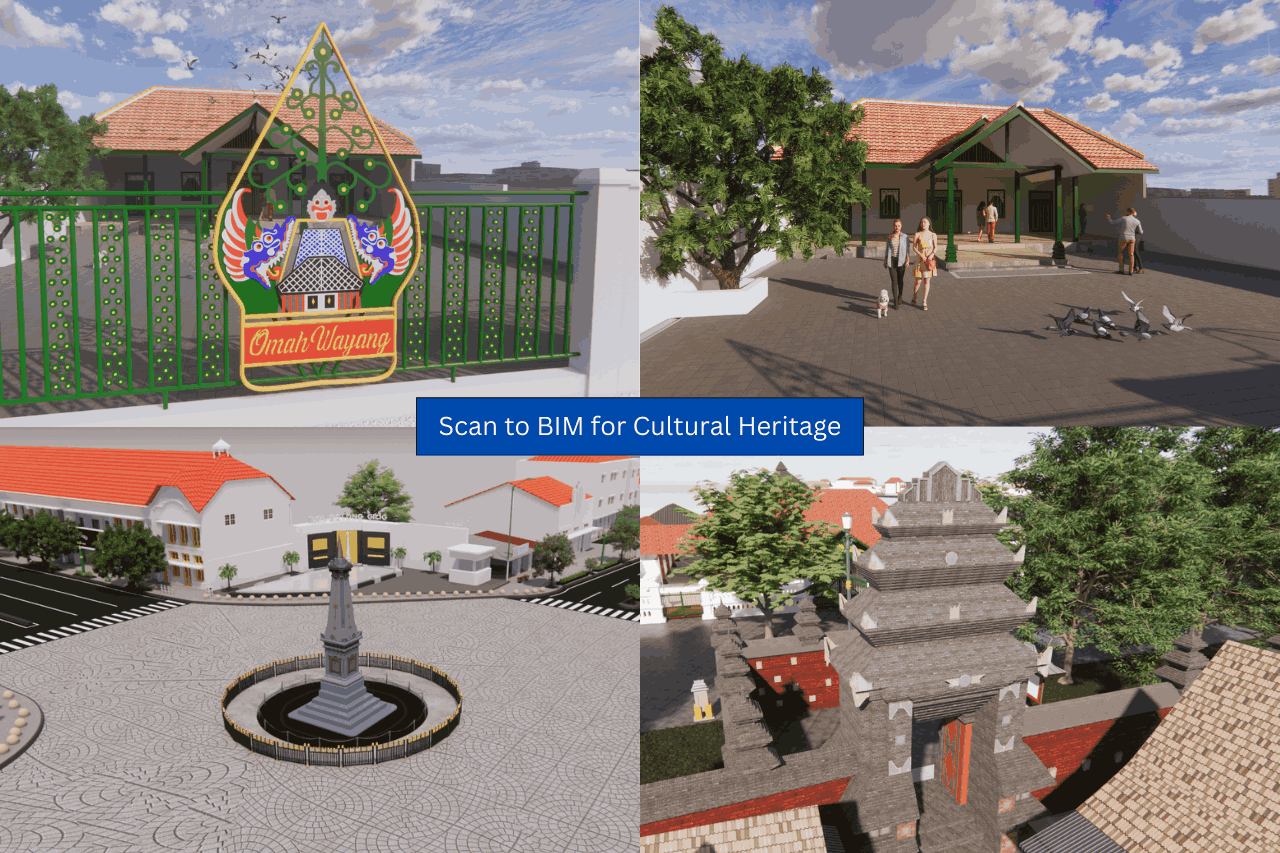One Stop BIM Solution
When we talk about digital models or 3D modeling, our minds usually go straight to tall buildings, industrial facilities, or infrastructure such as toll roads. Technologies such as Building Information Modeling (BIM) are already widely used in the world of land construction. However, did you know that ships can also be digitally modeled with a high level of accuracy?
Through the Scan to BIM approach, ships can now not only be documented in the form of 2D images or photos, but can be represented as a whole in the form of intelligent 3D models. This technology opens new doors for the maritime industry in conducting inspections, renovations, and asset management
Why do ships need to be digitally modeled?
A ship is a complex system consisting of a physical structure and various supporting systems, such as piping, electrical, HVAC, engines, and navigation systems. To understand and manage the ship thoroughly, visualization in the form of a digital model is very helpful.
For example, when a vessel is up for sale or transfer of ownership, potential buyers want to know more than just the technical records. They want to be sure:
- Is the ship's structure still in good condition?
- What is the actual condition of the electrical and plumbing systems?
- Are all parts compliant with safety and operational standards?
Through digital models, all these questions can be answered visually and objectively, based on data from scans in the field.
So, what is the process?
The process begins with a scan of the vessel using laser scanner technology that produces a point cloud-a collection of three-dimensional coordinates that depicts the precise physical shape of the vessel. From this point cloud, a 3D BIM model is created that not only displays the geometry, but can also be filled with technical information such as material type, pipe size, cable route, and component status. From here, many things can be done:
- Identify structural damage or deformation
- Comparing the initial design with actual condition
- Preparing technical documentation for repair or certificatio
- Efficiently support safety inspections and audits
Faster and Smarter Collaboration
With the digital model in place, collaboration between teams, whether owners, designers, inspectors, or engineers-is smoother. Everyone sees the same data, in the same workspace. Recommendations for improvements or design changes can be immediately applied and visualized in the model. This minimizes miscommunication and speeds up decision-making.
It's Time for the Maritime Industry to Look at Scan to BIM
Digital transformation is not just for buildings in big cities. Ships too can and need to be digitally modeled. With BIM and Scan to BIM, the process of maintaining, renovating, inspecting, and buying and selling ships can be done more accurately and efficiently. Digital transformation is no longer just a trend, but a real necessity, including for the shipping and marine industry It is time for the maritime industry to look further ahead and start adopting a digital approach in managing its assets.
As an experienced BIM consultant, GeoBIM Indonesia not only focuses on land construction projects, but also provides Scan to BIM and 3D modeling services for ships. With the support of a competent technical team and high-precision scanning technology, GeoBIM is able to produce detailed and informative digital models of ships, covering structures, mechanical systems, and interior layouts. This service is designed to help ship owners, shipyards, and maritime agencies in the process of inspection, documentation, renovation, and retrofit planning efficiently and based on accurate data.

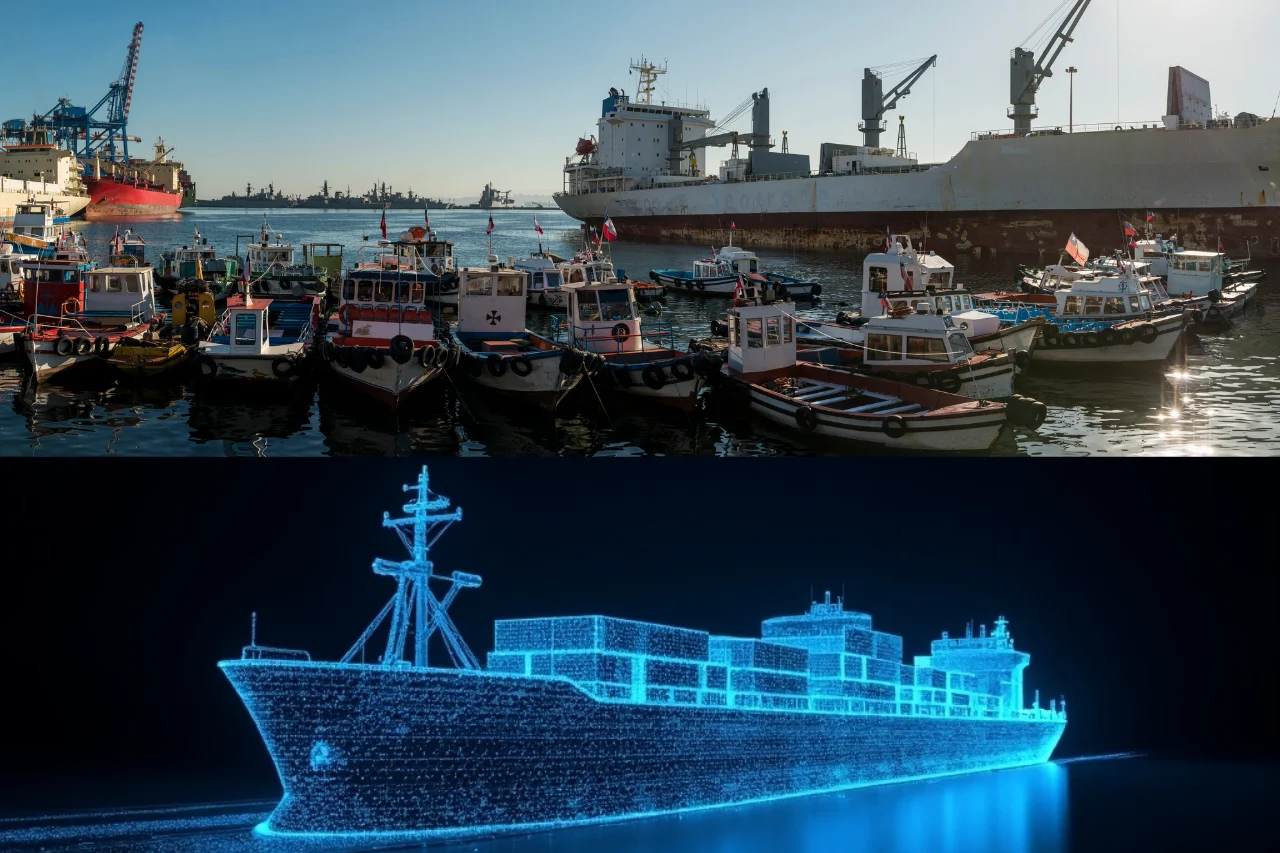

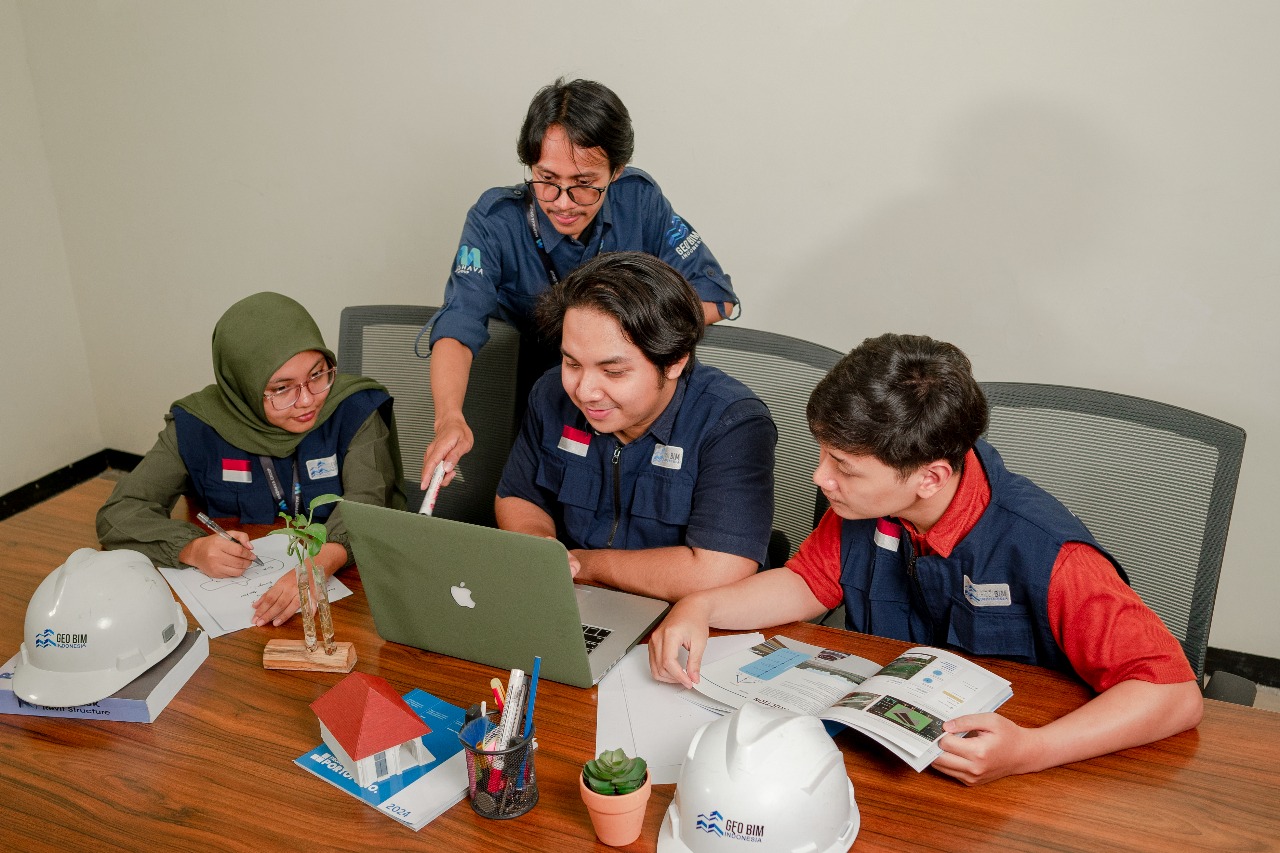
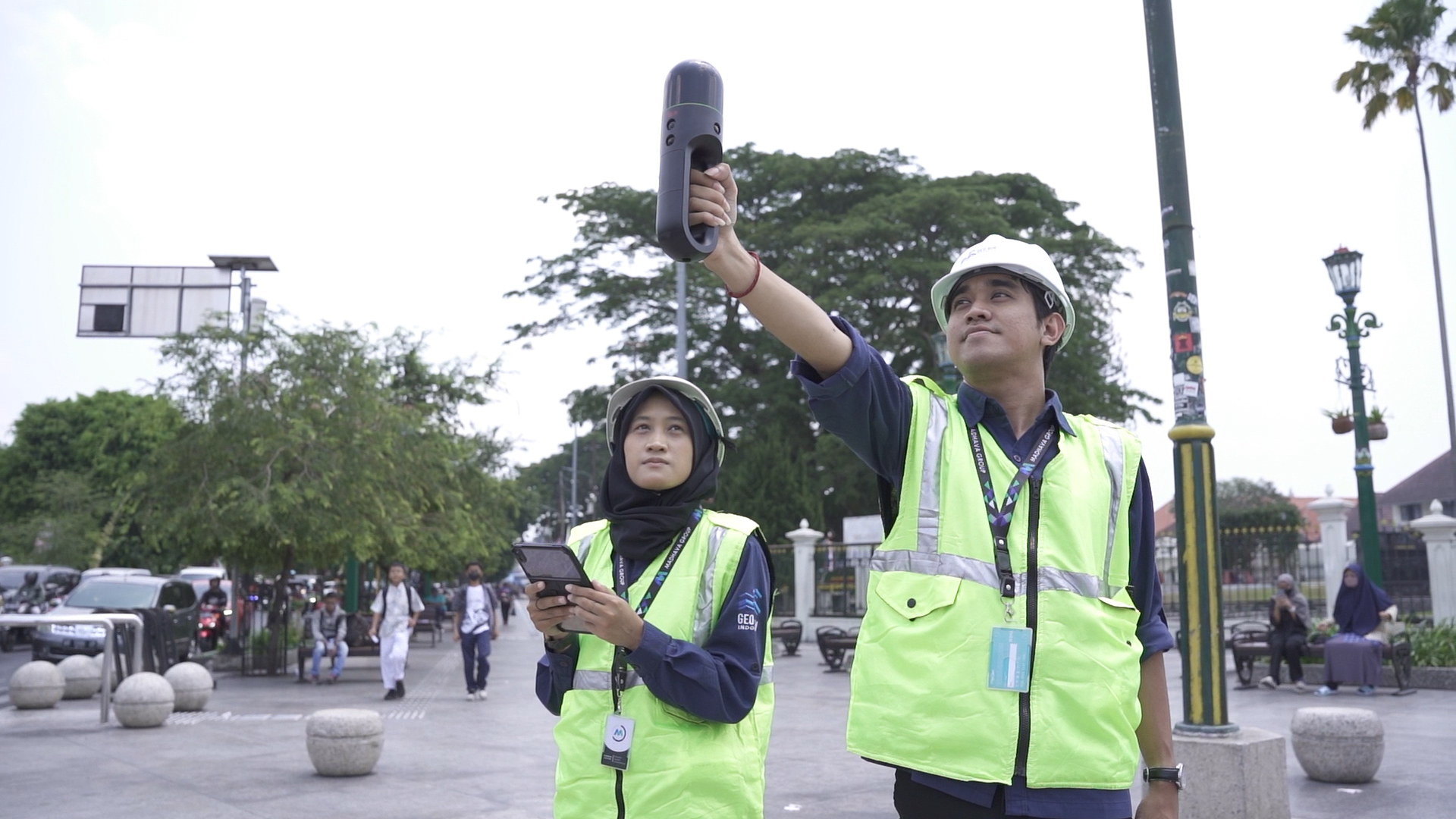
.png)
